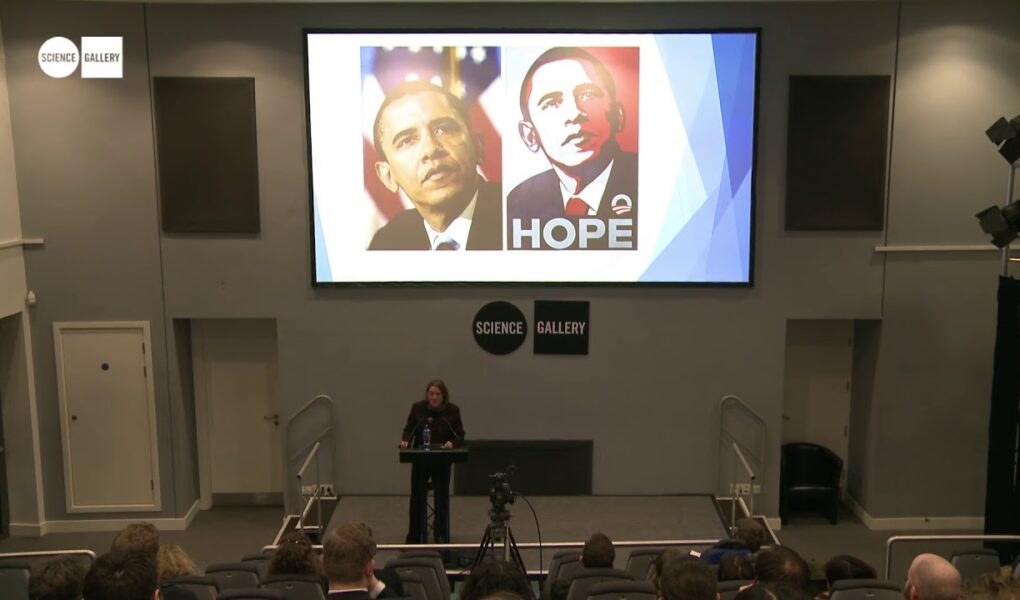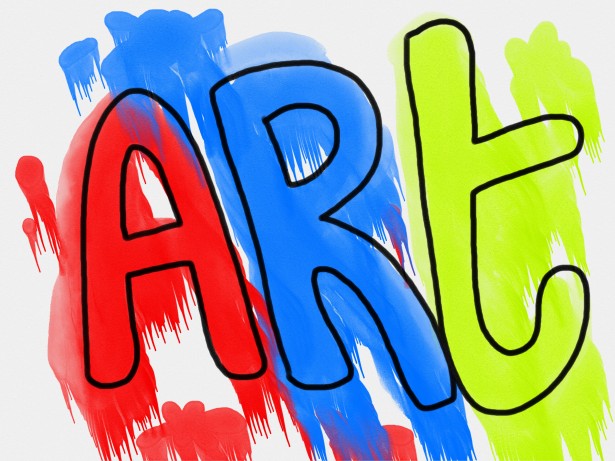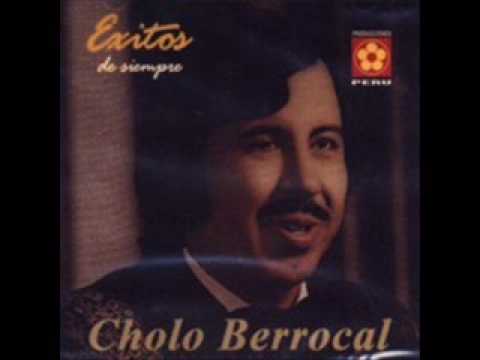Science Gallery Dublin
In copyright law, an author is a human being who exercises subjective judgment in composing the work and who controls its execution. But challenges arise when the putative author partners with a machine or with natural forces to create a work of authorship. Do mechanical or natural interventions in the production of a work result in an insufficiently human-authored creation? The burgeoning of “computer generated works” – outputs of digital neural networks that have “taught themselves” to combine rules of literary, musical or artistic assembly after being “trained” on a database of pre-existing works – requires us to ask whether those outputs are “original works of authorship” entitled to copyright protection.
This talk by Prof Jane Ginsburg, Morton L. Janklow Professor of Literary and Artistic Property Law at Columbia University (School of Law) will first review non-digital examples in order to derive principles of copyright authorship to apply to computer-implicated outputs. Application of the principles will yield different outcomes depending on whether the output is computer-assisted or truly computer-generated. If divergent treatment of otherwise potentially identical human-generated and machine-generated works seems problematic, it becomes necessary to inquire whether copyright’s core assumption – that the “author” is a human being – requires reconsideration. That rethinking must take into account the justifications for copyright protection; as we will see, different justifications produce varying assessments of whether computer-generated works “belong” in copyright.
Source



